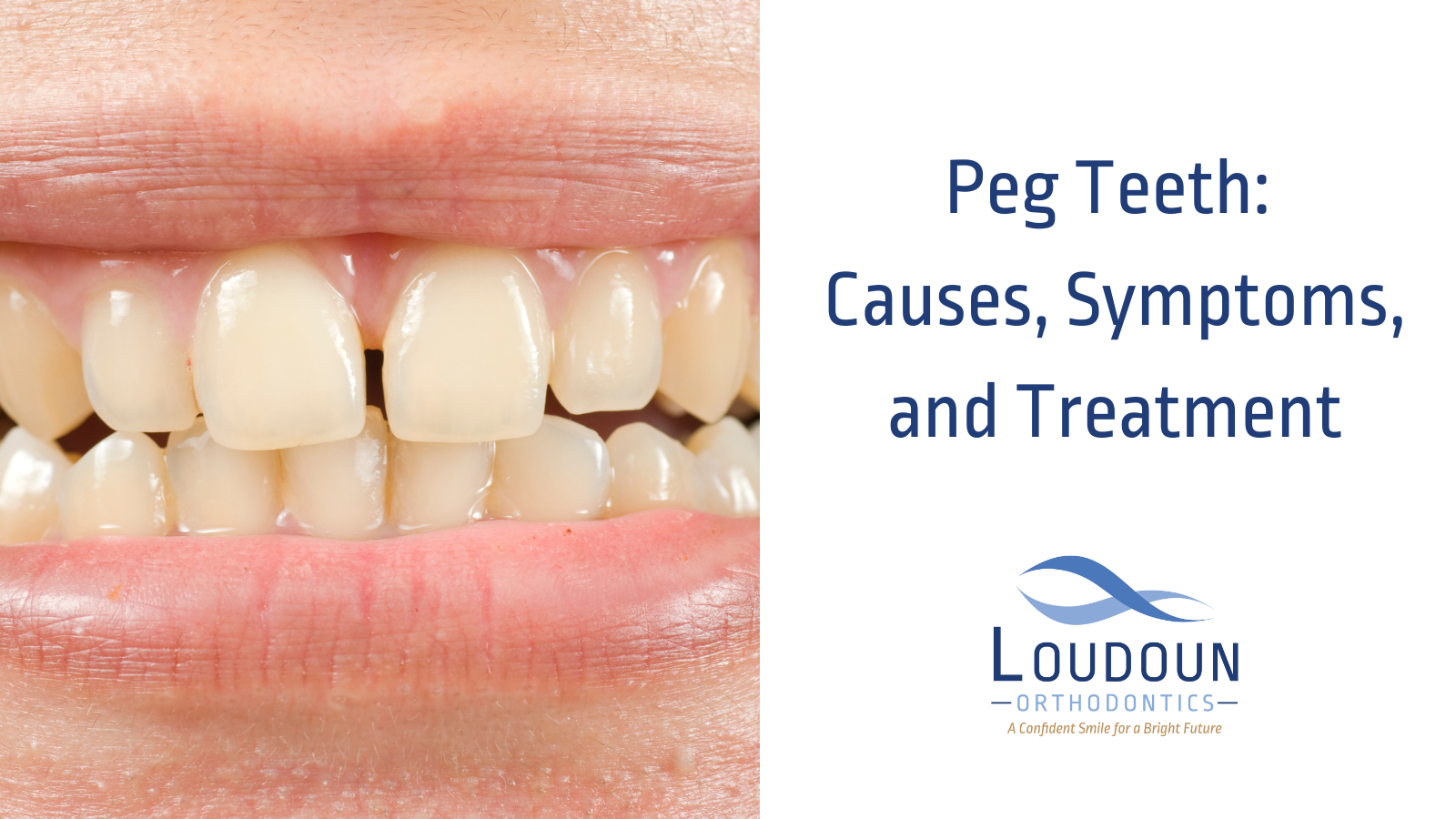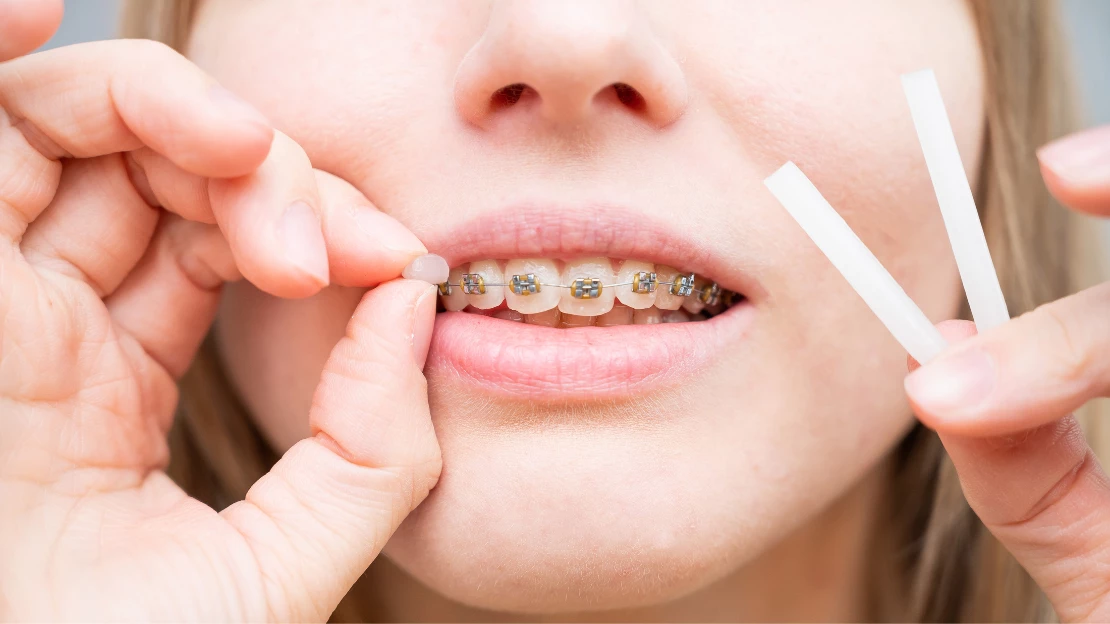Not known Details About Legacy Orthodontics
Not known Details About Legacy Orthodontics
Blog Article
Not known Incorrect Statements About Legacy Orthodontics
Table of ContentsThe Buzz on Legacy OrthodonticsThings about Legacy OrthodonticsSome Ideas on Legacy Orthodontics You Should KnowNot known Factual Statements About Legacy Orthodontics Some Known Incorrect Statements About Legacy Orthodontics
In addition, we offer flexible therapy schedules, adaptable repayment alternatives and a fun, satisfying experience.An orthodontist is a dental professional trained to detect, prevent, and deal with teeth and jaw abnormalities. Orthodontists function with individuals of all ages, from kids to adults.
Malocclusion, or misaligned teeth, can result in oral concerns, consisting of dental caries, gum disease, and hard or painful eating. Not everybody is birthed with straight teeth. If you have a poor bite or huge areas in between your teeth, you might wish to get in touch with a dental professional specializing in orthodontic care.
Some Known Factual Statements About Legacy Orthodontics
( Photo Credit Scores: DigitalVision/Getty Images) Orthodontists utilize repaired and removable dental devices, like dental braces, retainers, and bands, to alter the setting of teeth in your mouth. Orthodontic therapy is for oral irregularities, consisting of: Uneven teethBite troubles, like an overbite or an underbiteCrowded teeth or teeth that are too much apartJaw misalignmentThe goal of orthodontic treatment is to boost your bite.
A healthy bite guarantees you can consume, eat, and talk properly. While you might think about orthodontists as generally for kids or teenagers that need braces, they can deal with oral issues at any type of age. Orthodontists attend university, oral school, and orthodontic college. After college graduation, they spend 2 or 3 years in an orthodontic residency program.
All orthodontists are dental experts, however not all dental professionals are orthodontists. Orthodontic residency programs supply extensive, concentrated guideline for dental professionals. They concentrate on two areas: Exactly how to properly and securely move teeth How to effectively assist development in the teeth, jaw, and faceOnce an orthodontist has actually completed training, they have the option to come to be board accredited.
Legacy Orthodontics Things To Know Before You Get This
Misalignment, or malocclusion, is one of the most usual reason people see an orthodontist. It is hereditary and is the outcome of dimension distinctions between the top and lower jaw or between the jaw and teeth. Malocclusion brings about tooth overcrowding, an askew jaw, or uneven bite patterns. Malocclusion is usually treated with: Your orthodontist attaches steel, ceramic, or plastic square bonds to your teeth.
If you have only small malocclusion, you may be able to make use of clear dental braces, called aligners, rather than typical braces (https://legacy-orthodontics.webflow.io/). Some people need a headgear to help move teeth into line with pressure from outside the mouth. After braces or aligners, you'll need to use a retainer. A retainer is a custom-made device that maintains your teeth in position.
They're most frequently made use of on kids. They can create additional area in the mouth without needing to draw teeth. If you have a severe underbite or overbite, you could need orthognathic surgery (also called orthodontic surgery) to extend or reduce your jaw. Orthodontists utilize cords, surgical screws, or plates to sustain your jaw bone.
You may need to see an orthodontist if you have: Crowding or otherwise sufficient space for all of your teethOverbite, when your upper teeth come by your base teethUnderbite, when your base teeth are as well much forwardSpacing or problems with gapsCrossbite, which is when your upper teeth fit behind your bottom teeth when your mouth is closedOpen bite or a vertical gap in between your front bottom and top teethMisplaced midline, when the center of your bottom and upper teeth don't line up Fixing an oral malocclusion can: Make biting, eating, and speaking easierImprove the balance of our face and your total appearanceEase discomfort from temporomandibular joint problemsSeparate your teeth and make them less complicated to clean, helping prevent dental caries or tooth cavities It's often a dental practitioner who initially notifications misaligned teeth during a regular examination.
Legacy Orthodontics for Beginners

Throughout your initial orthodontic examination, you'll likely have: An oral examPhotos taken of your face and smileDental X-raysPanoramic (360 level) X-rays of your face and headImpressions to develop mold and mildews of your teethThese examinations will certainly help your orthodontist know look at this now how to proceed with your treatment. leesburg invisalign. An orthodontist is a dental expert that's had training to treat your teeth and jaw
Orthodontists may execute surgical treatment, exams,X-rays,and more to aid you attain a more comfy, healthier smile. An orthodontist is concentrated on your bite, so something like a chipped tooth would be dealt with by a dentist. Orthodontists are dental professionals but not all dental practitioners are orthodontists. Orthodontists are concentrated on your bite, or the way your teeth meshed, and the straightness of your teeth.
Ever before questioned how stars always appear to have flawlessly aligned teeth? Orthodontists are dental specialists who focus on dealing with abnormalities in the teeth and jaws.
The Of Legacy Orthodontics

While dental braces are the most typically identified orthodontic treatment, orthodontists have a varied toolkit at their disposal. The certain technique chosen relies on the severity of the case, the patient's age, and private choices. These tried-and-true dental braces make use of a system of braces bonded to the teeth and attached by wires.
Clear aligners, like Invisalign, are a prominent choice for people looking for an extra discreet therapy choice. These removable trays are custom-made to progressively shift the teeth's setting. Headwear may be made use of combined with dental braces or aligners to apply extra targeted pressures, especially for remedying jaw discrepancies. In situations of narrow jaws, palatal expanders can be used to create room for correct tooth alignment.
Report this page